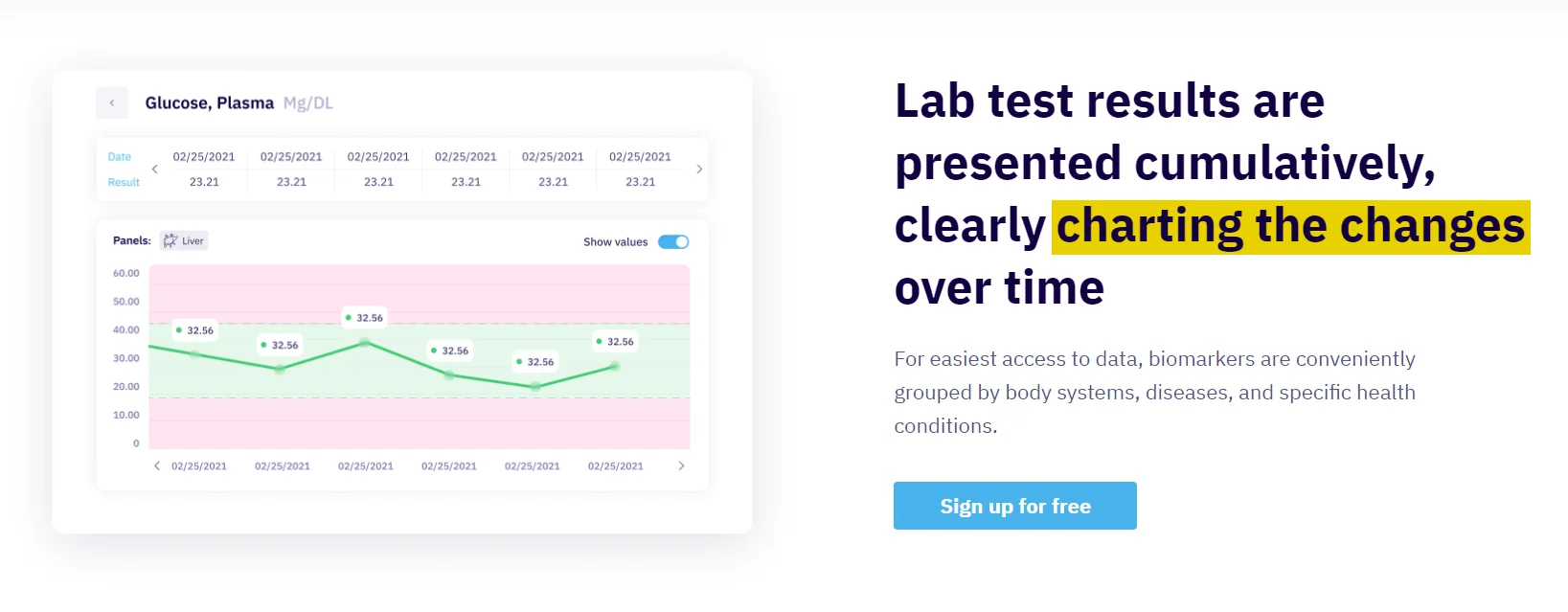Reperformance is usually time-consuming as auditors need to reperform all the steps involved in the process despite the client already having done it. For example, for bank reconciliation, auditors need to check every item in the bank statements of its clients and check for any differences between the bank book and bank statement balances. In the previous segment on walkthroughs, we talked about understanding the sources of potential misstatements. When we do the test of design, (this is where you will hear the term TOD) the question we ask is “Is this control designed in a way that would prevent or detect an error or fraud? ” If you described or explained to someone the 10 steps on how to do this control and that person (who is fairly competent) followed it, would the control prevent or detect an error or fraud?
They will always do some substantive testing before reaching their conclusion about the financial statements. If auditors get positive results from test of controls, or when the client’s internal control process is effective, it can significantly reduce the audit procedures that auditors must perform. However, if the result is negative or unsatisfactory, it can help auditors increase their audit procedures to minimize the audit risks of an assignment. Testing of controls is a procedure used in auditing to determine whether internal controls effectively prevent or detect material misstatements at the appropriate assertion level.
What are Tests of Controls?
Similarly, inspecting also gives auditors a better idea of the controls in place for the client and the personnel responsible for those controls. Test of controls is also vital as it dictates the amount of audit evidence that auditors must obtain. Same as the case above, if the internal controls of a company are satisfactory, auditors can rely on less audit evidence. Contrastingly, in case of an unsatisfactory test of control results, the amount of audit evidence they must obtain increases substantially. To determine the effectiveness of the internal controls of a company, auditors must use a method known as the test of controls.
- Computer scientist Tom Kilburn is credited with writing the first piece of software, which debuted on June 21, 1948, at the University of Manchester in England.
- It is necessary to obtain an understanding of internal control relevant to the audit.
- These samples are used to test the laboratory processes and equipment for errors.
- This method of testing (as well as a CAAT) is the strongest type of testing to show the operating effectiveness of a control.
- The control group will not be exposed to the medication or procedure while test subjects are.
- Another purpose of these tests is to obtain further audit evidence to support the auditor’s statements.
- It is the responsibility of management to put in place a suitable system of internal control and to address identified financial statement risks, operational risks, and compliance risks.
For example, if the auditor concluded that the internal financial reporting is strong and reliable, then the auditor will reduce its substantive testing. Indicator results can be gathered manually using task assignment or automatically https://www.globalcloudteam.com/ using basic filter conditions, Performance Analytics, or a script. These are then used to create issues for controls, update risk scores, and provide supporting information for audit activities and control testing.
What are tests of control in auditing?
The early development and commercial manufacture IPC methods, which encompass different transfer strategies, will also be discussed. At Linford & Company, we ensure that the audit testing procedures meet the type of controls to confirm design and operating effectiveness, in addition to complying with the guidance set forth by the AICPA. The methods of testing are listed in section IV of SOC reports where the independent service auditor includes their description of tests of controls and results.

In Testing Operating Effectiveness you will sometimes hear the term TOE (Test of Effectiveness). Remember, we can plan and have the best design but if people are not performing the control as it was designed or if the person doing the control doesn’t have the authority or competency then it is not operating effectively. You can call it entity-level control, monitoring control, control activity or preventive or detective control. Control testing is very often missing from risk management programs, mainly because it can be viewed as very time-consuming.
Preparation Of The Audit Universe In The Business World
The note in Paragraph 44 says that smaller companies can outsource parts of their accounting operations as long as the auditor can assess the competence of the person or the company that the activity has been outsourced to. As explained above, the OE test examines whether the control is actually operating as designed / intended and this is done by “sampling” the control. Auditors may initiate a new transaction, to see which controls are used by the client and the effectiveness of those controls.

Ask yourself if a control is critical to demonstrating compliance with key policies and regulations, if it has significant control over financial reporting, and if you believe it is an efficient control. Answer these questions to prioritize controls, and help testers focus their work. Having two people who are clueless do the job doesn’t make your control better just because you have two people performing it.
When Do You Use the Different Audit Testing Procedures?
A tester may only have a small window to test the code – sometimes just before the application goes to market. It is not uncommon to release software on time, but with bugs and fixes needed. Even a simple application can be subject to a large number and variety control test definition of tests. A test management plan helps to prioritize which types of testing provide the most value – given available time and resources. Testing effectiveness is optimized by running the fewest number of tests to find the largest number of defects.

The decision whether to test the control or not is after the auditor obtains an understanding of the client’s internal control and concludes that they might not be able to test the control. At this stage, the auditor will consider what are the key control in the internal control of purchase. Then, the auditor needs to test those key control, in other words, the test of controls in purchasing from the beginning process to the ending process.
Test of Controls Example
At the planning stage, auditors will have to document many areas that are required by the standard but one of those is testing the internal control. In drug testing, and other laboratory testing, a control is a sample of known content and quantity. These samples are used to test the laboratory processes and equipment for errors. The results of testing for a control sample are expected to match previous test results for the same type of sample. If the results do not match as expected, this indicates a flaw in the testing process that can then be identified and eliminated. When used in this manner, a control may also be called a quality control sample.
All entitlements and roles are correlated across a user’s behavior, consolidating activities and showing cross application SOD’s between financially relevant applications. Pathlock’s catalog of over 500+ rules, Pathlock can provide out-of-the-box coverage for controls related to SOX, GDPR, CCPA, HIPAA, NIST, and other leading compliance frameworks. Although it may seem like a simple concept, an important aspect of test control is prioritizing and remediating issues found during testing. A best practice is to check remediations by re-running the test program after allowing time for remediation, to verify all issues have been resolved.
Governance, Risk and Compliance – An Integrated Process
If the auditor assesses the control risk as very high, they will probably take the view that a systems-based audit approach will not be appropriate. They will move on to detailed testing of transactions and balances and take a substantive testing approach to the audit. Sometimes, auditors may also design their test of controls to be performed concurrently with the test of details of a company. While the purpose of both the tests is different, auditors can accomplish both by performing test of controls and details on the same transaction, also known as a dual-purpose test. Therefore, sometimes, test of controls may also take the form of a dual-purpose test. We specialize in accounting systems and processes, data analytics, NetSuite consulting, internal controls, SOX readiness, and SOX compliance.